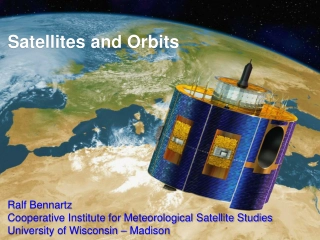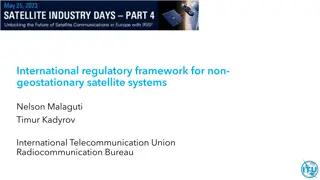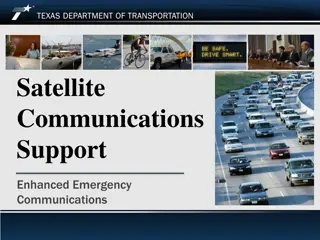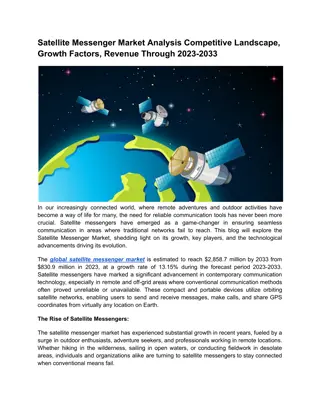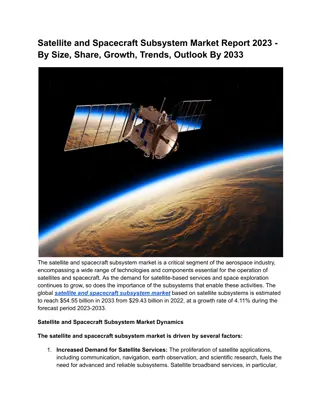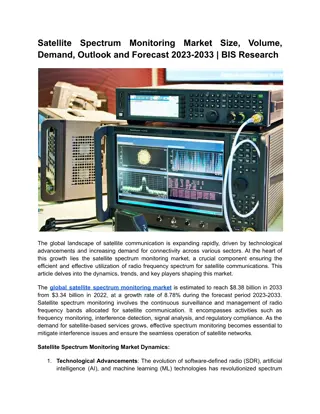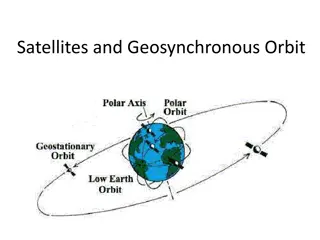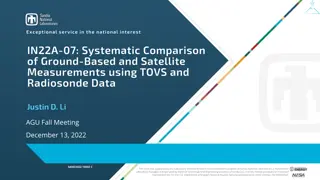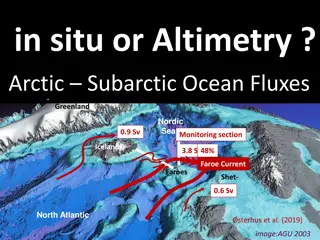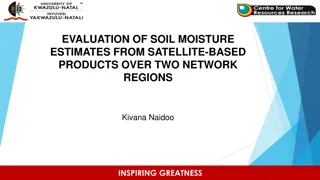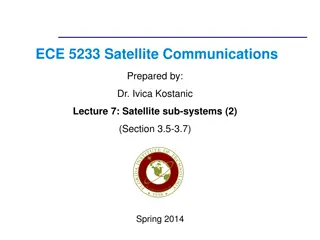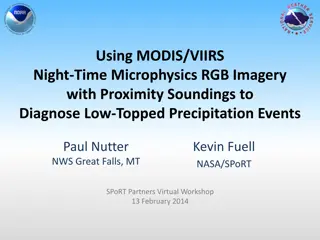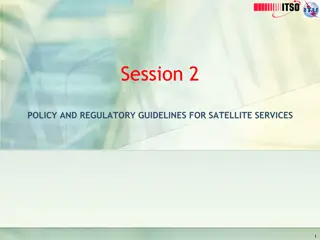
Satellite Communications: Uplink, Downlink, and Frequency Factors
Explore the concepts of uplink and downlink in satellite communications, including the application of carrier-to-noise ratios, frequency considerations, and reasons for lower downlink frequencies. Gain insights into key factors influencing signal transmission and reception efficiency in satellite circuits.
Download Presentation

Please find below an Image/Link to download the presentation.
The content on the website is provided AS IS for your information and personal use only. It may not be sold, licensed, or shared on other websites without obtaining consent from the author. If you encounter any issues during the download, it is possible that the publisher has removed the file from their server.
You are allowed to download the files provided on this website for personal or commercial use, subject to the condition that they are used lawfully. All files are the property of their respective owners.
The content on the website is provided AS IS for your information and personal use only. It may not be sold, licensed, or shared on other websites without obtaining consent from the author.
E N D
Presentation Transcript
University of Diyala College of Engineering Department of Communications Engineering Satellite Communications By: Dr. Majidah Hameed Majeed
2.11 The Uplink The uplink of a satellite circuit is the one in which the earth station is transmitting the signal and the satellite is receiving it. Equation C/N can be applied to the uplink, but subscript U will be used to denote specifically that the uplink is being considered. Thus C/N equation becomes In Eq. above the values to be used are the earth station EIRP, the satellite receiver feeder losses, and satellite receiver G/T. The free space loss and other losses which are frequency-dependent are calculated for the uplink frequency. The resulting carrier-to-noise density ratio given is appears at the satellite receiver. And we can write it in dB as follow 2.12 Downlink The downlink of a satellite circuit is the one in which the satellite is transmitting the signal and the earth station is receiving it. Equation C/N can be applied to the downlink, but subscript D will be used to denote specifically that the downlink is being considered. Thus this equation becomes
In the values in the equation to be used are the satellite EIRP, the earth station receiver feeder losses, and the earth station receiver G/T. The free- space and other losses are calculated for the downlink frequency. The resulting carrier- to-noise density ratio given is that which appears at the detector of the earth station receiver. And we can write it in dB as follow 2.13 Reason for the Downlink frequency to be lower than the Uplink frequency 1Output power amplifier in transponder: it is the most important factor because the final power amplifier in the transponder generates more power at lower frequencies than at higher frequencies. 2 Effective area of the receiving antenna: the effective capture area of the downlink antenna should be more so as to receive more energy at the earth's receiving antenna. Effective area of an antenna is directly proportional to the square of the frequency. Thus the frequency should be kept lower. 3 Paths loss: It is less at lower frequencies than at higher frequencies. 4Beam width: It should be wider as a satellite would send energy to a large number of earth stations. Lower the frequency wider is the beam width.

